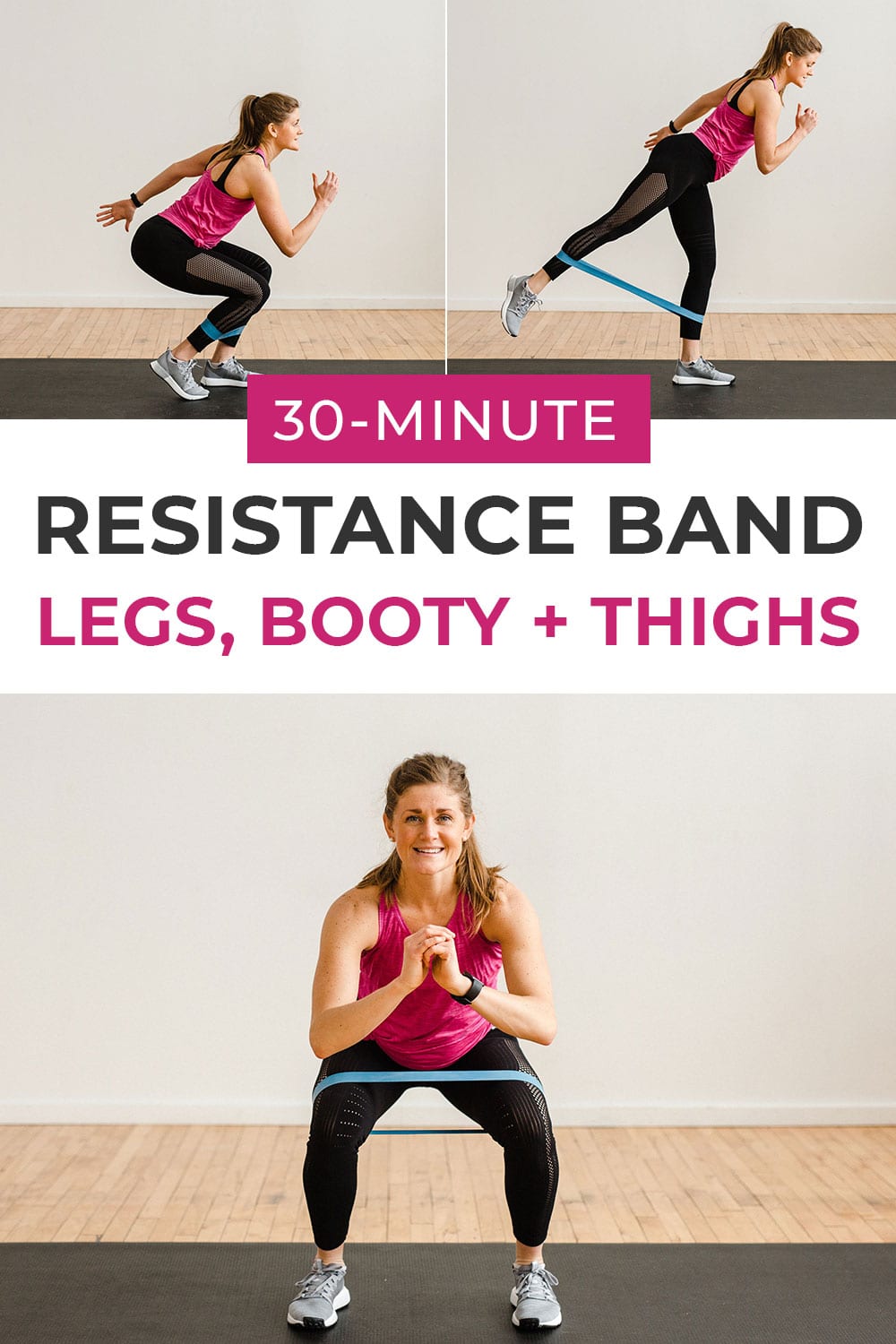When it comes to understanding the world of elastic bands, one key concept that often leaves users curious is perfect elasticity. This fascinating property isn't just about how stretchy something is; it's a crucial aspect that impacts the performance, durability, and versatility of these everyday essentials. In this article, we'll delve into what perfect elasticity means, why it matters, and how it affects your choice when selecting elastic bands for various applications.
What is https://www.amdwebbing.com ?
Perfect elasticity refers to the ideal behavior of a material when subjected to stress, particularly when stretched or compressed. It's that magical balance where the material returns to its original shape and size without any permanent deformation, even after being released from the applied force. In other words, a perfectly elastic object can stretch and then spring back to its original state without losing its ability to do so repeatedly.
How Does It Work?
The perfect elasticity of a material is determined by its inherent molecular structure and the forces at play within it. Rubber, for example, is known for its high elasticity due to the presence of long polymer chains that can easily slide past one another. When stress is applied, these chains shift, allowing the material to stretch. As the stress is removed, the chains return to their original position, restoring the material's original shape.
Why Perfect Elasticity Matters
1. Recovery: Perfect elasticity ensures that the band retains its shape and tension over time, making it suitable for tasks that require consistent performance, like resistance training or stretching exercises.
2. Durability: A material with good elasticity is less likely to break or fatigue under repeated use, extending the life of the product.
3. Accuracy: In applications like archery or crafting, perfect elasticity helps maintain tension and accuracy when used in tools or devices.
4. Cost-effectiveness: A more elastic material typically requires less material to achieve the same level of performance, which can lead to cost savings for manufacturers and consumers alike.
Factors Affecting Perfect Elasticity
1. Temperature: Elasticity can be affected by temperature changes. Some materials become less elastic as they cool down, while others retain their elasticity better at lower temperatures.
2. Material composition: Different types of rubber, like natural rubber, silicone, or synthetic elastomers, have varying degrees of elasticity. Understanding these differences is essential when choosing the right elastic band for your needs.
3. Manufacturing processes: The way elastic bands are processed, such as cross-linking or vulcanization, can influence their elasticity. High-quality manufacturing techniques can enhance a material's perfect elasticity.
Choosing the Right Elastic Band for Your Needs
- Resistance bands: For fitness enthusiasts, look for bands with consistent elasticity that won't lose tension over time. Natural rubber is a popular choice for its excellent elasticity.

- Crafting: Elastic thread or bands used in sewing and quilting should be highly elastic to withstand stretching without breaking.
- Archery or bowstrings: Opt for elastic bands with stable, predictable recovery to ensure consistent draw and release.
- Bungee cords: Industrial-grade bungee cords need to maintain their elasticity under heavy loads and extreme conditions.
Perfect elasticity is a critical factor to consider when selecting elastic bands for various purposes. Understanding the concept and its implications can help you make informed decisions that result in better performance, durability, and value. So next time you reach for an elastic band, remember that a little bit of elasticity goes a long way!
